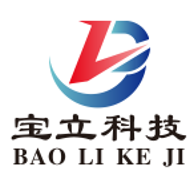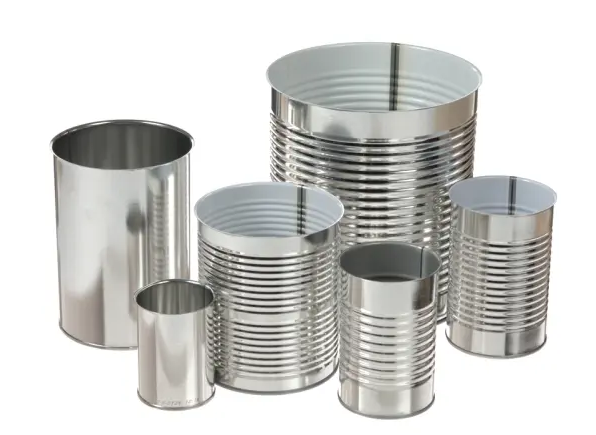הסבר על פח בשני חלקים קו ייצור של תינוקות
שורת ייצור פח בשני חלקים היא מערכת ייצור אוטומטית מאוד, במהירות גבוהה, המגשימה מיכל מדיסק מתכת אחד ("בלנק") לגוף פח עםقاع משולב. הפה פתוח ויסוגר לאחר המילוי באמצעות כיסוי נפרד ("מכסה" או "קצה"). בניגוד לשורת פח בת שלושה חלקים, שמגבירה את הגוף מפליית מתכת שטוחה, חובשת חיבור צדדי, ומחברת שני קצוות נפרדים.
תהליך הייצור הדומיננטי לסוג זה של פח הוא תהליך ה-DWI (Draw and Wall Iron), המשמש בעיקר לפחיות אלומיניום ופלדה שצריכות קירות דקים לע_PACKING משקאות.
מהי פח בשני חלקים?
זו פח שנעשית משני חלקים של מתכת:
1. הגוף והתחתית: חתיכת מתכת אחת שנעוצבה לצורת כוס עוטפת.
2. הפקק: המכסה הנפרד שמחובר באמצעות החדרה לאחר שהפחית ממולאת.
אילו סוגי פחיות מייצר התהליך?
קו זה מייצר את הרוב המכריע של הפחיות המשמשות ל:
פחיות משקאות: שתיה קרה, בירה, משקאות אנרגיה, מים מבעבעים.
פחיות מזון: עבור מוצרים מסוימים כמו טונה, אוכל לחיות מחמד או ארוחות מוכנות שיודעים לעמוד בתהליך השיפוי הפנימי. (הערה: עדיין קיימות הרבה פחיות מזון שמשתמשות בבנייה משלושה חלקים עם ריתוך).
פחיות סプレー: פחיות הסプレー מסוג "מונובלוק" מיוצרות אף הן בקו ייצור דו-חלקי, אם כי התהליך עשוי להיות שונה מעט (למשל: תחתית עבה יותר, צוואר שונה).
חומרים: אלומיניום ופלדה מצופה בקרשין (פלדה מצופה בבדיל).
תחום יישום והטבות
ייצור בעל תפוקה גבוהה, מהיר ביותר; קווים מודרניים יכולים לייצר יותר מ-2,000 פחיות לדקה. מתאים למוצרים בהיקף גדול כמו מותגי קולה גלובליים.
דרישה להרחקה טובה יותר. הגוף ללא מחברות אינו מכיל שרוול צידי, ולכן מונע נקודת תקלה של דליפה, מה שחשוב במיוחד למשקאות קלוריים.
צורך באריזה דקה וקלילה. תהליך גידוד הקיר יוצר קירות דקים מאוד, המפחית את השימוש בחומר, במשקל ובעלות. זה קריטי להובלת משקאות.
איכות גרפית. תהליך ההדפסה באפסט מאפשר הדפסה באיכות גבוהה, בצבע מלא, על פני כל המשטח העגול, מה שחיוני לזיהוי המותג.
חסרונותיה של הארגזים הדו-חלקיים הופכים אותם לפתרון אריזה אופטימלי למשקאות קלויי פחמן, בעלי נפח גבוה ותאימות סטנדרטית. יתרונותיהם: מהירות גבוהה, עלות נמוכה ליחידה (בקנה מידה גדול), ואיטום מעולה – מגיעים במחיר של השקעה ראשונית גדולה וכשלון בגמישות. עבור כמויות קטנות, צורות מיוחדות או מוצרים ללא פחמן (במיוחד מזון), ארגזים טריפליים מסורגים הם לרוב בחירה מתאימה יותר ומשולמת מבחינה כלכלית.

 EN
EN
 AR
AR
 HR
HR
 DA
DA
 NL
NL
 FI
FI
 FR
FR
 DE
DE
 EL
EL
 HI
HI
 IT
IT
 JA
JA
 KO
KO
 NO
NO
 PL
PL
 PT
PT
 RO
RO
 RU
RU
 ES
ES
 SV
SV
 TL
TL
 IW
IW
 ID
ID
 LT
LT
 SR
SR
 VI
VI
 SQ
SQ
 HU
HU
 TH
TH
 TR
TR
 AF
AF
 MS
MS
 GA
GA
 BN
BN
 HA
HA
 IG
IG
 MR
MR
 NE
NE
 YO
YO
 MY
MY
